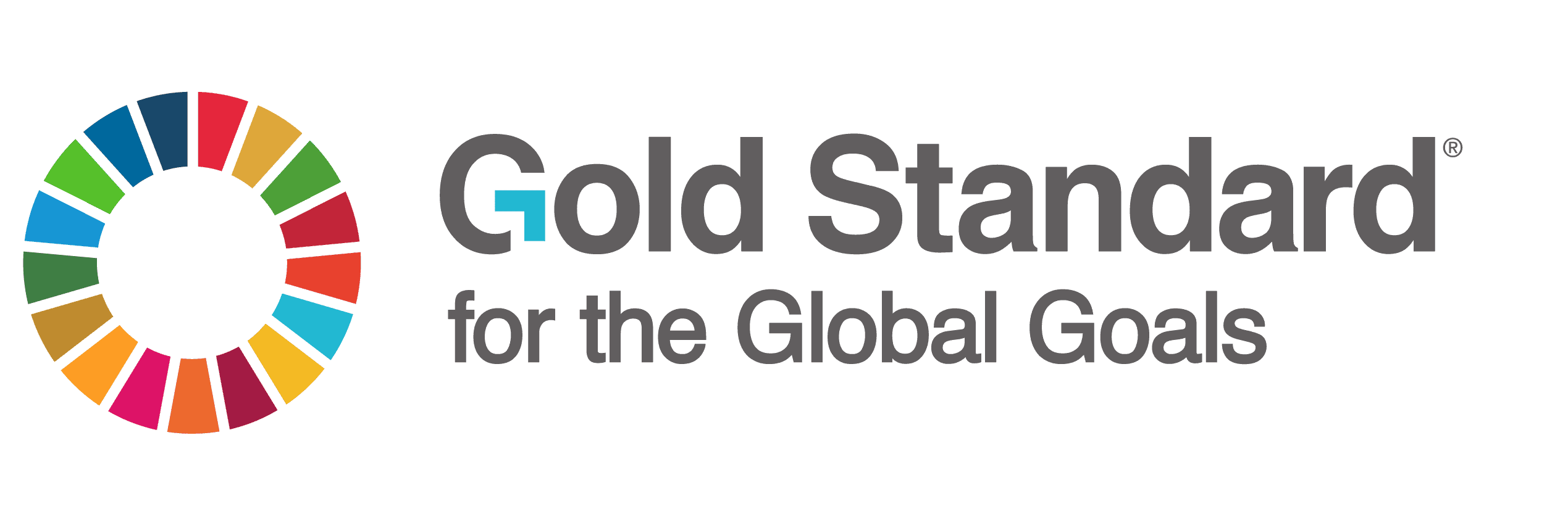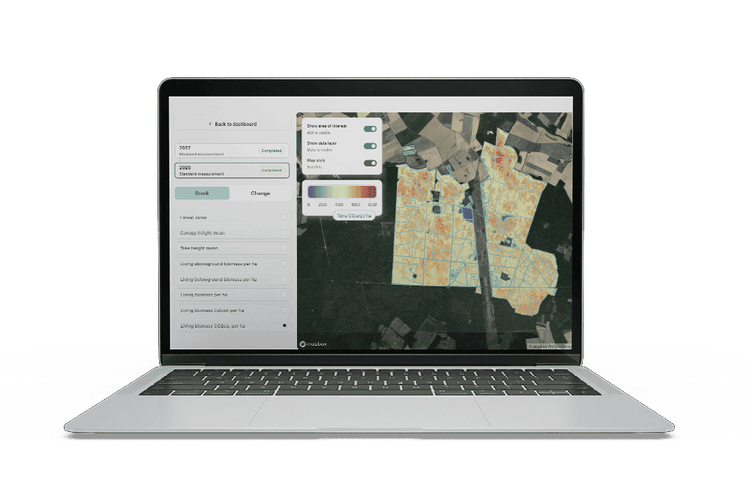Climate Strategy: Anticipating better control and creating long-term value
Maximize your investments, mitigate risks, and enhance your impact on climate, biodiversity, and communities by supporting high-quality carbon removal projects.
A Strategic Imperative for Companies
As climate change and the recognition of the economy’s reliance on natural ecosystems evolve, regulatory and compliance frameworks are becoming more prominent. Companies must now address these challenges strategically, or risk damaging their reputation and financial performance.
- Adherence to evolving standards and regulations (CSRD, SBTi, TNFD, etc.).
- Meeting the expectations of stakeholders
- New and significant budget allocations.
- Improved company value (through stronger ESG performance and reputation).
Anticipating and Capturing Opportunities
Strategically planning is the most effective way to stay in control of these challenges. Investing in reforestation projects today that will generate high-quality carbon credits over the next 30 years presents a valuable opportunity for your company.
- Ensure a long-term supply of premium carbon credits, available as they are issued.
- Lock in your budget with stable, advantageous carbon credit prices for the duration of the project.
- Create measurable positive impacts on climate, biodiversity, and local communities, backed by reliable, transparent data.
NBS: A Proven and Powerful Solution
Nature-Based Solutions (NBS) are widely recognized as a key tool in combating climate change, offering a range of additional benefits such as reducing disaster risks, improving food and water security, protecting biodiversity, and promoting human health.
in flood damage is prevented annually thanks to mangroves in countries like China, India, Mexico, the United States, and Vietnam.
required to meet the Paris Agreement targets can be achieved through nature-based solutions.
Estimated global benefits from nature-based, climate-focused solutions in terms of ecosystem services.
High-Quality, High-Impact Projects with Minimized Risks
ARR: Afforestation, Reforestation, Revegetation A project type focused on restoring forest ecosystems and verifying carbon sequestration.
Comprehensive due diligence (covering external, internal, and natural risks) along with a solid management plan.
Additional climate, biodiversity, and socio-economic benefits, backed by reliable and transparent data and indicators.
Projects certified to the highest international standards




Impact Monitoring
Monitoring project impacts on climate, biodiversity, and communities by integrating project management expertise, field knowledge, and advanced technology.
- Field Monitoring: Regular on-site visits by project teams to assess and measure operational progress.
- Remote Monitoring: Real-time tracking of project performance using satellite and LIDAR data, alongside indicators for forest cover, biomass, carbon, and biodiversity.
MRV Platform (Monitoring – Reporting- Verification)*
A real-time data and impact management system that enables:
- Tracking 17 common KPIs across all projects (Carbon, Biodiversity, Social, etc.)
- Ensuring transparency and traceability over time
- Evaluating, scaling, and optimizing long-term impact
_*under development _

Flexible financing models
Multiple investment options to fit your strategy: Pre-finance projects or purchase future carbon credits.
PROJECT PRE-FINANCING
Companies ready to invest, looking to secure future supply while maintaining control over cost and quality.
Advantages :
- Predominantly favorable carbon credit pricing
- Investment not tied to market fluctuations
PRE-PURCHASE OF CARBON CREDITS
For companies looking to secure their future supply while controlling costs and quality, without immediate financing.
Advantages:
- Investment independent of market price fluctuations
- Lower carbon credit costs
- Reduced operational risk
- No upfront financing required
Reforest’Action: 15 years experience in NBS
Our global network of local partners allows us to maintain a strong presence in the regions where we operate. Close collaboration with on-the-ground teams ensures we stay deeply connected to field operations.
Our in-house experts in forestry, climate, and impact come together to offer investors advanced financing mechanisms and the ability to design, develop, and manage high-quality projects on the ground.
Our dedication to maximizing impact drives our Research and Development team to continuously innovate. We develop cutting-edge tools and methodologies to monitor and measure ecosystem health, ensuring restored ecosystems thrive and generate maximum benefits.
Read all our articles on carbon projects
30/01/2024
08 min